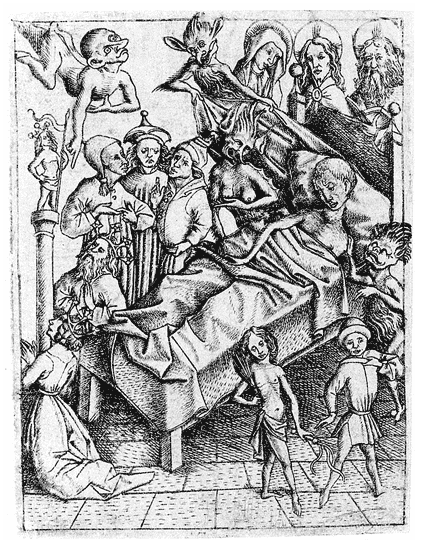Wednesday, January 1, 2014
Check This Out
These are something called "Animations of Mortality" by Smut Clyde and I think they are wonderful. The link takes you to many more but this is one of my favorites. I hope it reproduces well here. Its a bit hard on the eyes, I think, and if you have some form of epilepsy you might want to look away. But what I love about it is the way it draws your attention to the foundational image. Leaping between glimpses of the variations makes you strikingly aware of what was important and what was not important, what had to endure to make the image a workable "type" and what could be altered or deleted without affecting the meaning or the impact. We were discussing great actors and irreplaceable forms of characterization in films today over at Lawyer's Guns and Money (yes, I was wasting time doing that) and it occurs to me that this is a visual representation of some of the issues raised in doing any new production of a well known story such as the version of Twelfth Night I just saw in New York, or the ones I might see in the future. The Joan of Arc which I saw last year was a stripped down version of the original--no props, no real costumes, and only four actors playing some 12 to thirty roles. And yet it was, recognizably, indisputably, St. Joan. Similarly once you've seen enough of this image you will recognize it anywhere, even drawn down to its simplest form.
Subscribe to:
Post Comments (Atom)

Thanks for the kind words!
ReplyDeleteWhat I was aiming for with the rapidfire strobing was a kind of 'Scanner Darkly' Scramble-suit effect, where an underlying theme is hidden behind / emerges from the rapid succession of multiple variations. Also it saves space when showing how a number of (e.g.) pulp illustrators have independently invented a similar scene.
The Renaissance encyclopedia-compilers like Aldrovandi and Gesner are good sources of this kind of serial imagery, because they were all cribbing descriptions of animals off one another, and their illustrators would simply copy a previous woodcut or engraving with greater or lesser accuracy. Think of Durer's Rhinoceros and its visual descendents through the centuries. Often the original point in the chain was already one or two steps removed from reality, as deriving from the earlier 'Bestiary' tradition (in which accounts of exotic animals were simply a frame to hang a moral lesson from, and the actual appearance & habits of the animals was irrelevant).
Then there was the teratology tradition, endlessly rehashing late-medieval accounts of monstrous births -- and of course re-illustrating them.
The 'Ars Moriendi' images are fascinating for me because they draw on an older Medieval mnemonic tradition. Every character in the image is there to allegorize a particular aspect of the narrative. So when the artists copied earlier versions of each image, they only had limited room for variation... if they changed something important, some recipient of the book might fail to memorise a crucial moral message, and succumb to a deathbed damnation, and it would all be the artist's fault! And in a similar vein, the Ars Memorandi / Rationarum Evanglistarum.
Later on the mnemonic tradition merged with Renaissance speculations about the meaning of hieroglyphics, and produced the Emblemata genre of iconography (and the overlapping field of alchemy illustration). Often the images were strange, surrealist mash-ups of dreamlike incongruity. And publishers were reprinting older Emblem books with re-drawn illustrations, or copying older diagrams with new text, so the multiple variants again. Yay!
ROTFLMAO That "devil" has boobs!
ReplyDeleteNo fear.
Good grief, many thanks all around— SC for making these, Aimai for alerting me to them, and both for the interesting commentary on them.
ReplyDelete